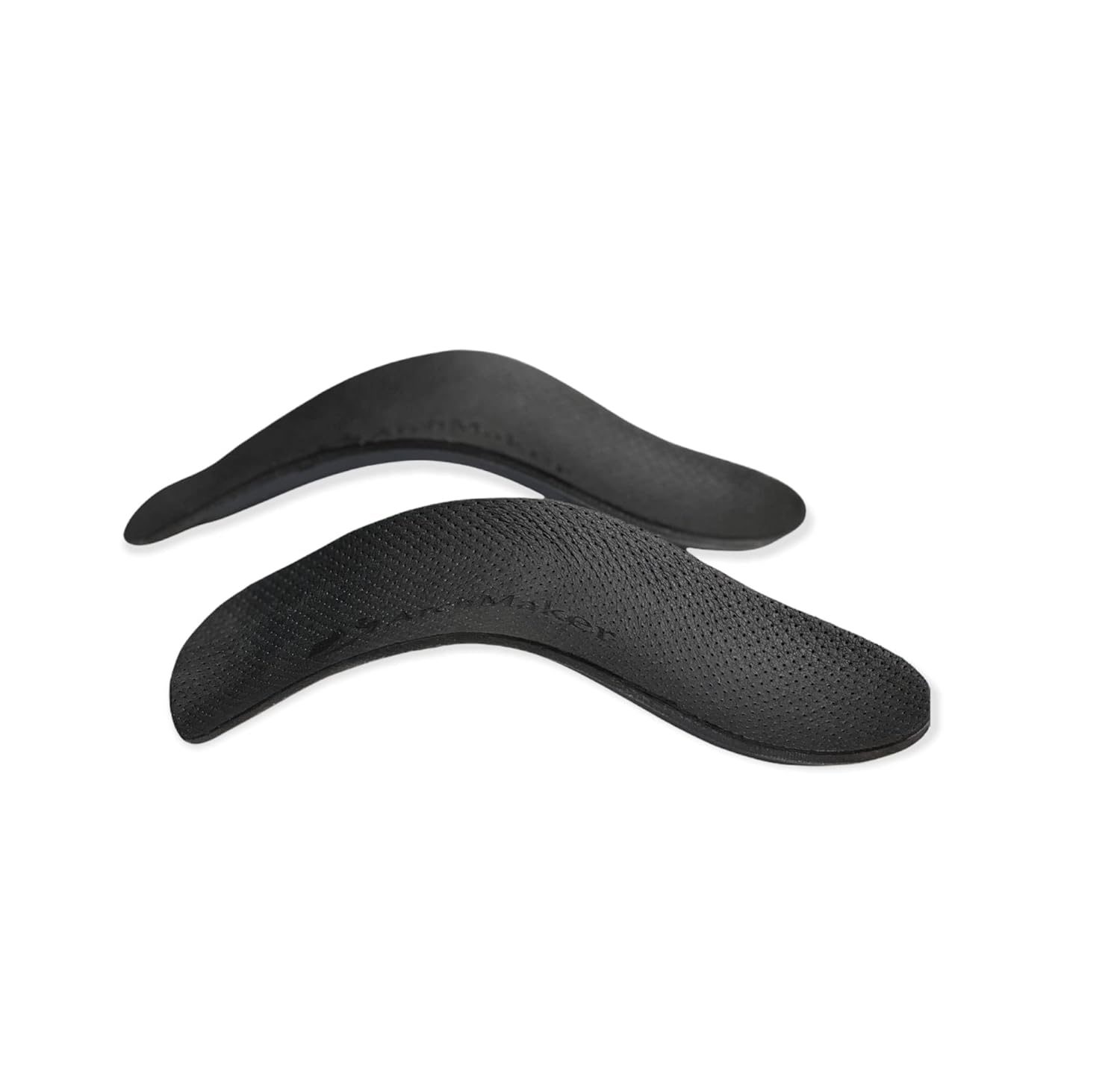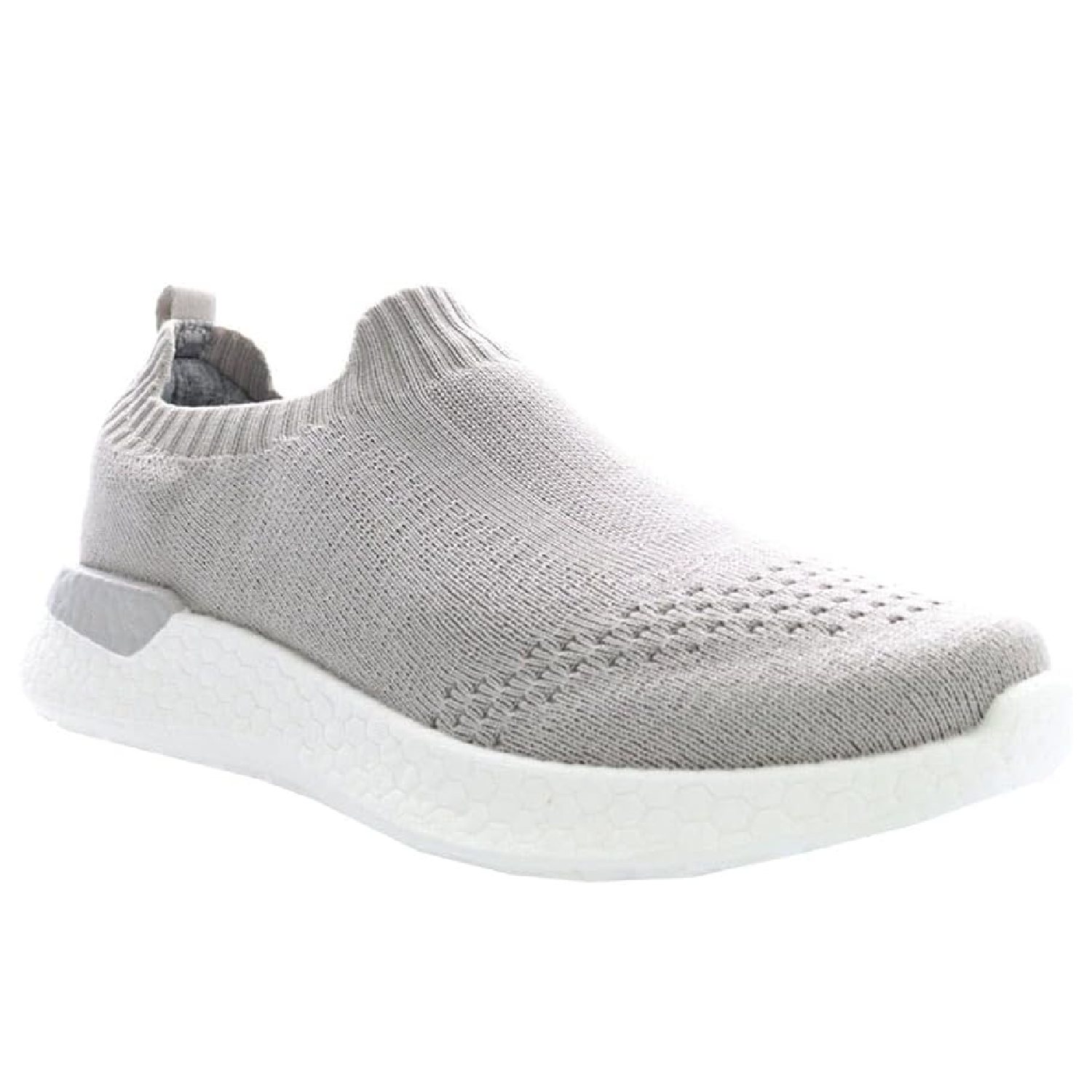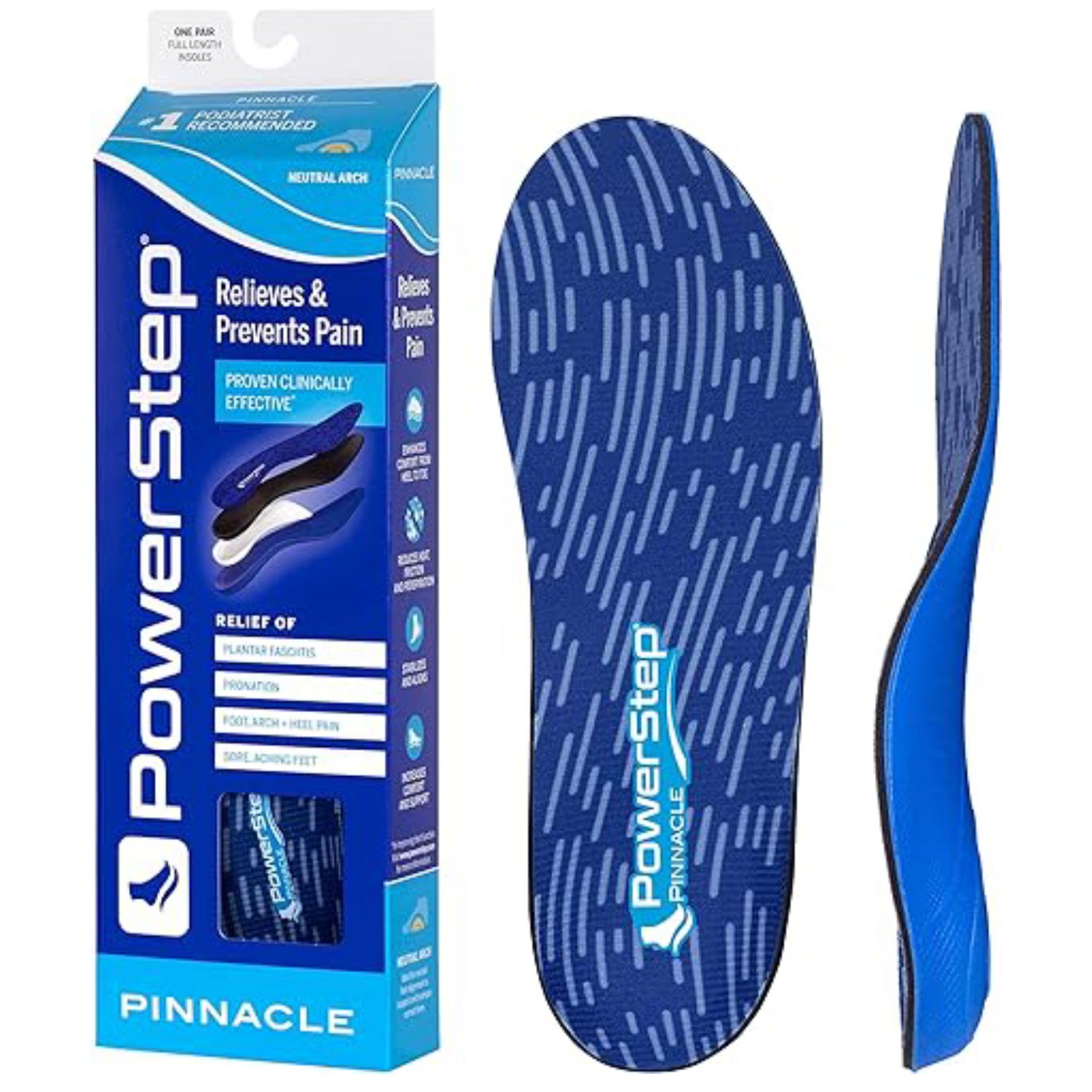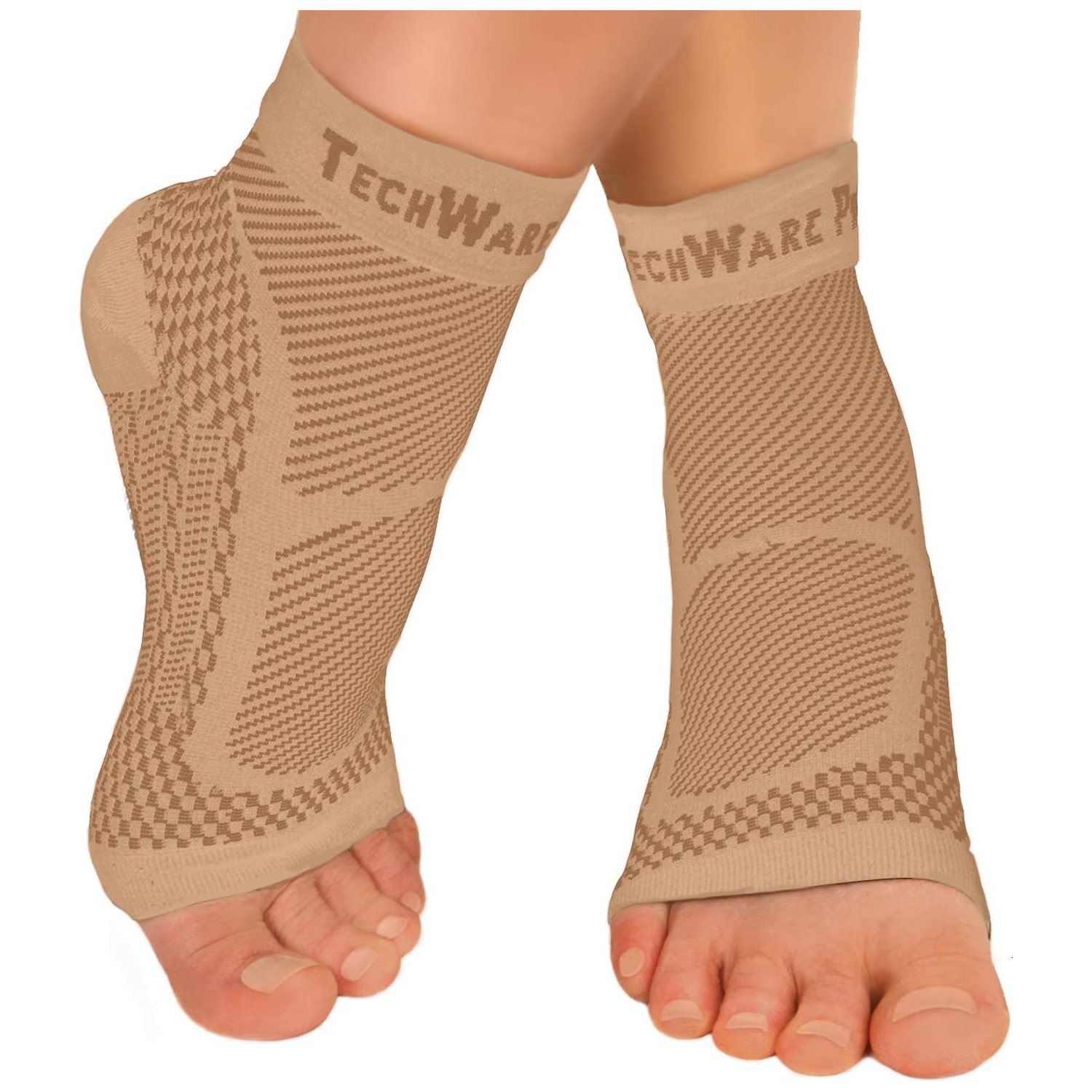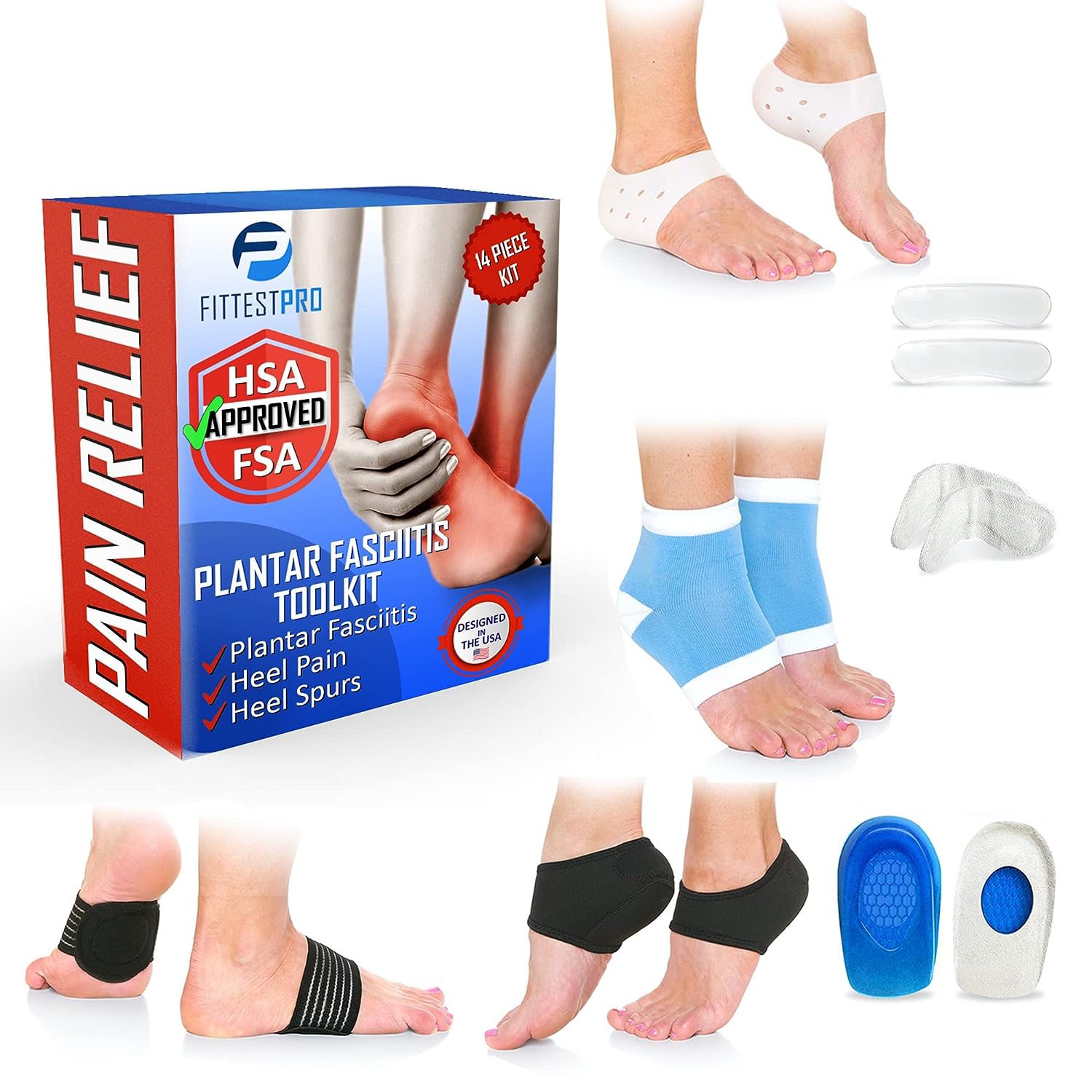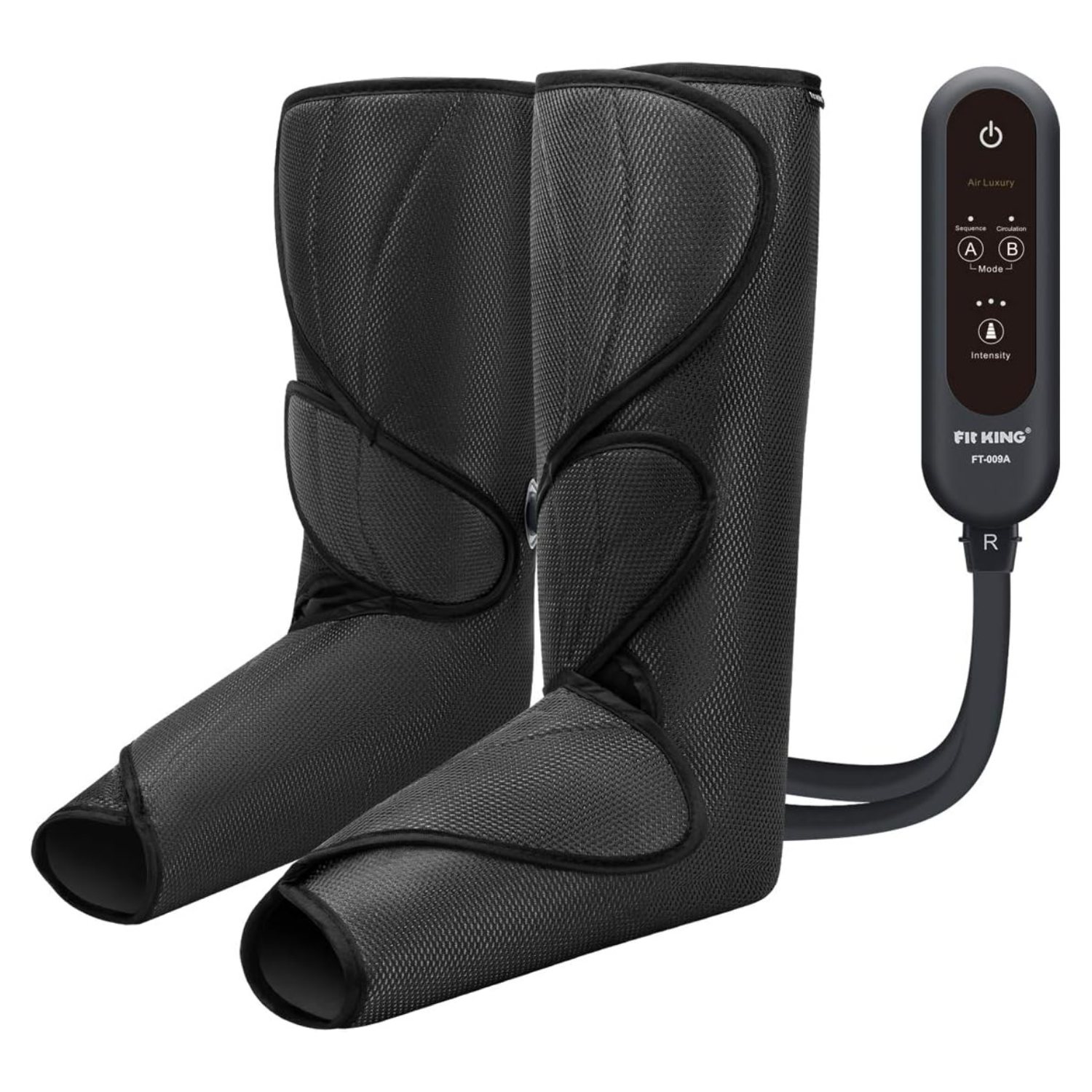The Power of Compression Socks for Plantar Fasciitis Relief
Today, let’s delve into the world of compression socks and their impact on plantar fasciitis. You may have noticed more and more runners sporting these sleek, striated socks lately. Well, there’s good reason for it! In this blog, we’ll explore how compression socks work, their benefits for reducing swelling and inflammation, using compression socks for plantar fasciitis relief, and the role they play in the recovery process.
How Do Compression Socks Work?
Compression socks are specially designed garments that typically cover the foot, extending up to the calf. They feature distinctive striations, indicating the varying levels of compression they provide. These socks have gained popularity among athletes, especially runners, due to their ability to address fluid retention and promote better circulation.
How Compression Socks Help Circulation
Imagine compression socks as skilled fluid movers. They work by gently “milking” the fluid from the heels and toes, helping it circulate upwards toward the larger calf muscles. By doing so, compression socks effectively reduce swelling and inflammation caused by arterial and venous issues, as well as muscle-related swelling. The result? Less pain and reduced inflammation in the affected areas.
Timing is Key- When to Use Compression Socks
While compression socks are incredibly beneficial, it’s important to use them correctly. Contrary to popular belief, experts advise against wearing compression socks during physical activity. The current consensus is that these socks yield the most reliable results when worn in the recovery period following exercise, not during.
Can Compression Socks Help Plantar Fasciitis?
So, can compression socks help alleviate plantar fasciitis symptoms? Absolutely! By minimizing swelling in and around the muscles, compression socks effectively reduce cramping and inflammation in the affected area. However, remember to wear them during the recovery phase rather than while you’re actively engaged in physical activity.
To help alleviate plantar fasciitis long-term, you need to build muscle memory in your arch muscle. Wearing Archmaker while at rest, will help you stretch and strengthen the plantar fascia muscle, allowing for long term relief from plantar fasciitis.
Understanding Compression Levels
Compression socks come in different levels of pressure, catering to various needs. Let’s explore the three main types:
1. Over-the-Counter Compression Socks (under 15mmHg):
These socks, readily available without a prescription, offer a gentle level of compression. They are convenient to put on and are suitable for most patients seeking relief from plantar fasciitis and related issues.
2. 15-20mmHg Compression Socks:
This range of compression is commonly seen on ultra runners and marathoners. Offering a moderate level of pressure, these socks provide enhanced support and recovery benefits for more intense activities.
3. 20-30mmHg Compression Socks (with a prescription):
At the highest end of the compression spectrum, these socks require a doctor’s prescription. They are reserved for cases involving intense swelling in the foot, ankle, and calf muscles, often associated with cardiac issues or conditions like lymphedema.
Compression socks can work wonders for managing plantar fasciitis by reducing swelling and inflammation. Remember to wear them after your workout or activity to reap their full benefits. Choose the compression level that suits your needs, and always consult a healthcare professional if you have specific concerns or require a higher level of compression. So, slip into those comfy compression socks, recover effectively, and keep your plantar fasciitis pain at bay. Stay active and happy running!
